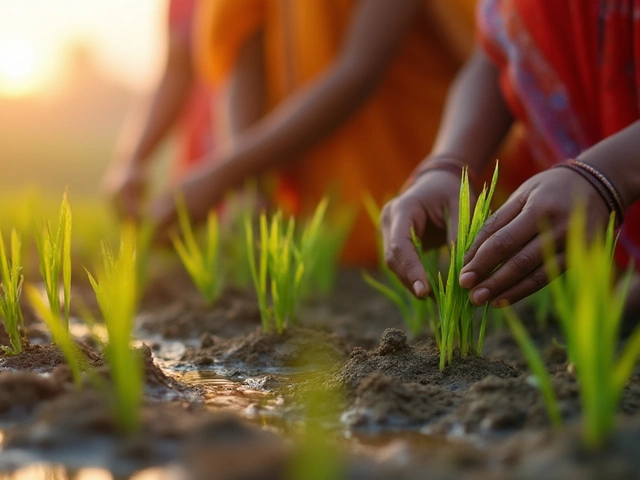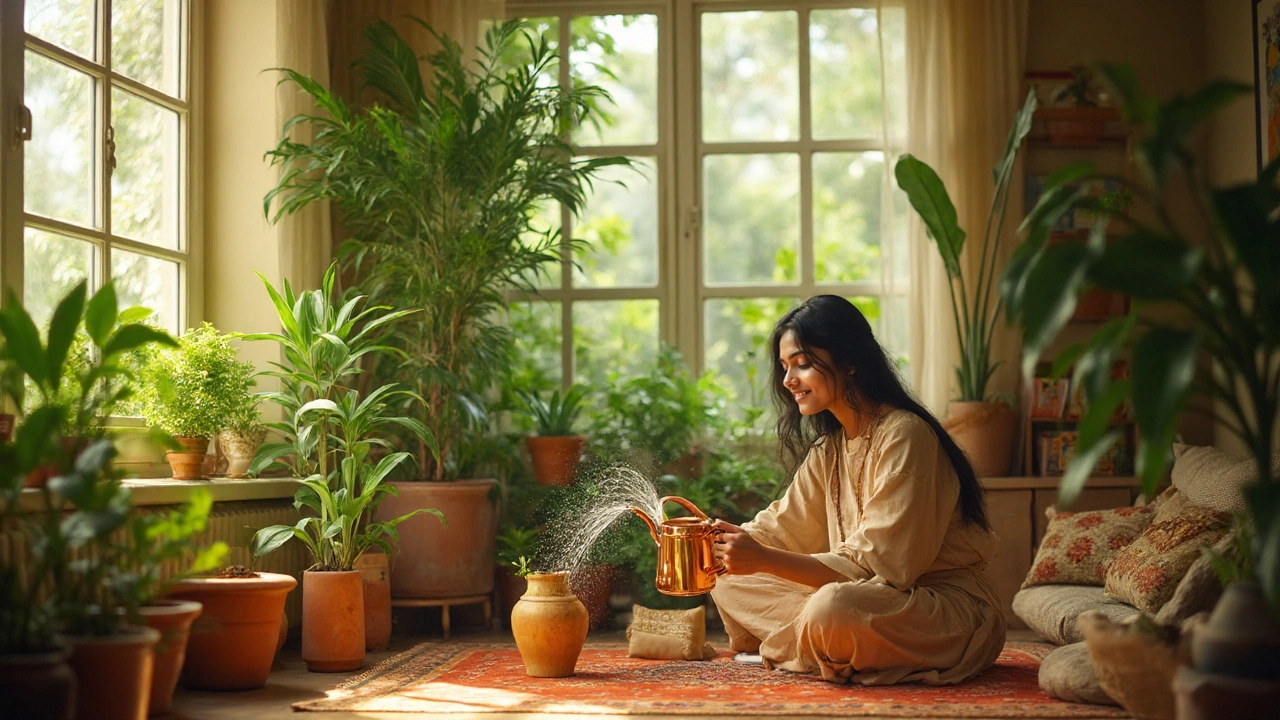Plant Humidity: Why It Matters and Simple Ways to Get It Right
Ever wondered why some houseplants look droopy while others thrive? One big reason is the air’s moisture level. Most indoor plants love a humidity range of 40‑60 %. When the air is too dry, leaves lose water fast and start curling. Too moist, and you risk mold or root rot. Getting the balance right can be the difference between a thriving jungle on your windowsill and a sad, brown‑leafed mess.
How to Tell If Your Plant Needs More Moisture
Look for these clues: leaf edges turning brown or crispy, a dusty‑looking leaf surface, and rapid wilting after watering. If the leaves feel stiff and the plant seems to sigh after a drink, the air is probably too dry. On the flip side, if you see black spots, a fuzzy white coating, or a sour smell from the soil, humidity might be too high.
One quick test is to place a hand on the leaf. If it feels dry after a few seconds, bump up the moisture. A cheap digital hygrometer can give you an exact read; aim for that sweet spot around 50 % for most tropical favorites like ferns and philodendrons.
Easy Ways to Boost Humidity Without Going Overboard
Misting: A light mist once or twice a day can help, but it’s not a magic fix. Mist only the leaves, not the soil, and avoid doing it in direct sunlight – the droplets can act like tiny lenses and burn the foliage.
Pebble trays: Fill a shallow tray with pebbles, add water just enough to cover the bottom, and set the pot on top. As the water evaporates, the surrounding air gets moister. Just keep the water level high enough that the pot never sits in standing water.
Group plants together: Plants release moisture through transpiration. A tight cluster creates a mini‑microclimate that keeps humidity up naturally. It also looks great as a green corner.
Humidifiers: If you have several humidity‑loving plants or live in a very dry climate, a small room humidifier is worth the investment. Set it to run a few hours a day and you’ll see the difference fast.
Remember, humidity works hand‑in‑hand with watering. Over‑watering in high humidity can drown roots, while under‑watering in dry air can dry them out even faster. Check the soil before you water – the top inch should feel dry to the touch, but the deeper layers can stay a bit moist.
Seasonal changes matter too. Winter heating drops indoor humidity dramatically, so you may need to up your misting or add a humidifier. Summer’s natural humidity may let you skip extra steps unless you have air‑conditioning blowing dry air.Finally, keep an eye on fertilizer. High nitrogen feeds fast growth, which raises transpiration rates and can make plants crave more moisture. Balance feeding with the humidity level to avoid stressed leaves.
By watching your plants, using simple tools, and tweaking a few habits, you’ll create the perfect humid environment. That means greener leaves, fewer brown tips, and a house that feels a little more like a tropical retreat – all without breaking the bank.
How to Take Care of Indoor Plants: Simple Tips for Thriving Houseplants
Discover practical tips on indoor plant care: watering, lighting, humidity, and troubleshooting for healthy houseplants. Keep your indoor jungle thriving.
Should I Mist My Happy Plant? Unpacking the Benefits and Myths
Misting plants can be a common practice among plant enthusiasts, but is it truly necessary for your indoor greenery to thrive? This article explores the fundamentals of misting, debunking myths and offering practical tips on keeping your plants happy and healthy. Whether you're nurturing ferns or succulents, understanding their humidity needs is crucial. We also discuss how to spot signs of overwatering and when it might be better to let nature take its course.
About
Indoor Plant Care
Latest Posts


How Deep to Plant Rice: Best Depths, Mistakes, and Expert Tips
By Alden Thorne Jul 11, 2025

Furnishing Your Terrace: Tips and Tricks for a Green Escape
By Alden Thorne Mar 2, 2025

Make Your Terrace Cozy: Easy Tips for a Warm Outdoor Oasis
By Alden Thorne Mar 26, 2025


